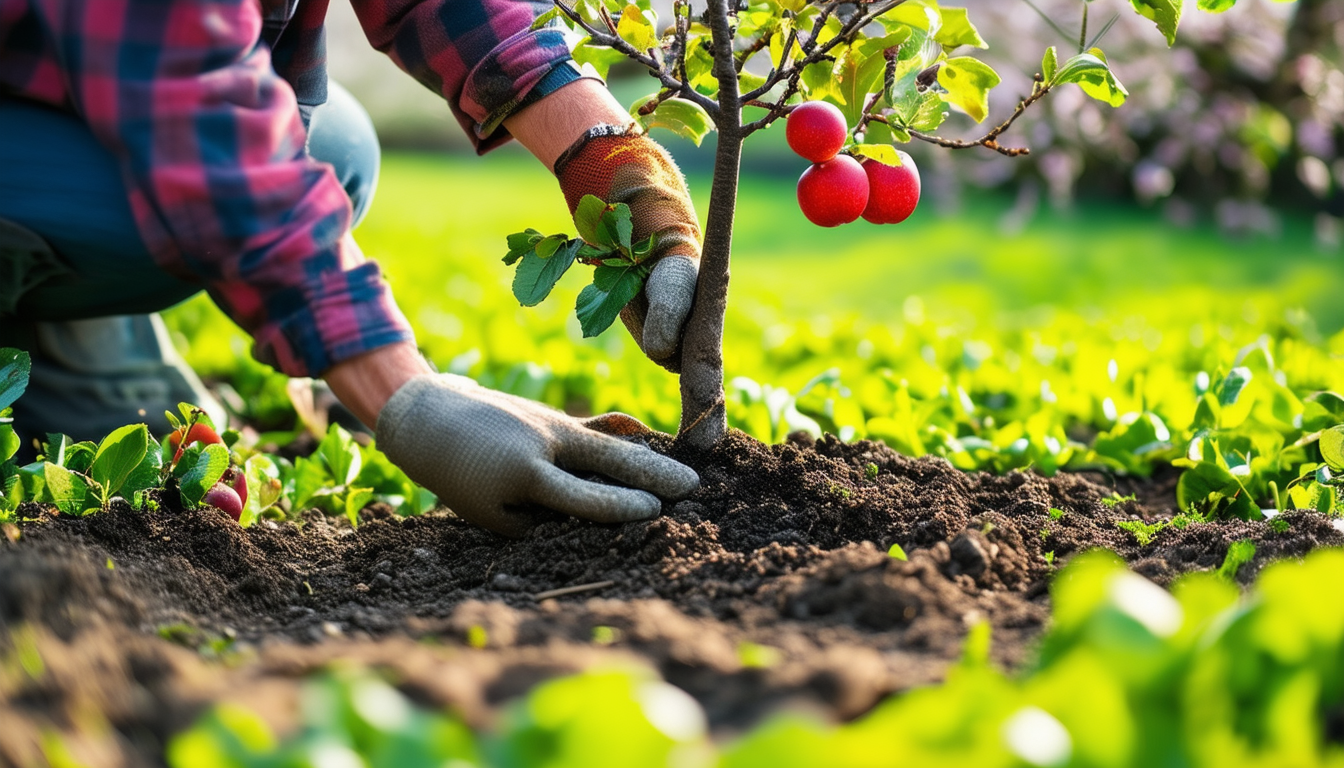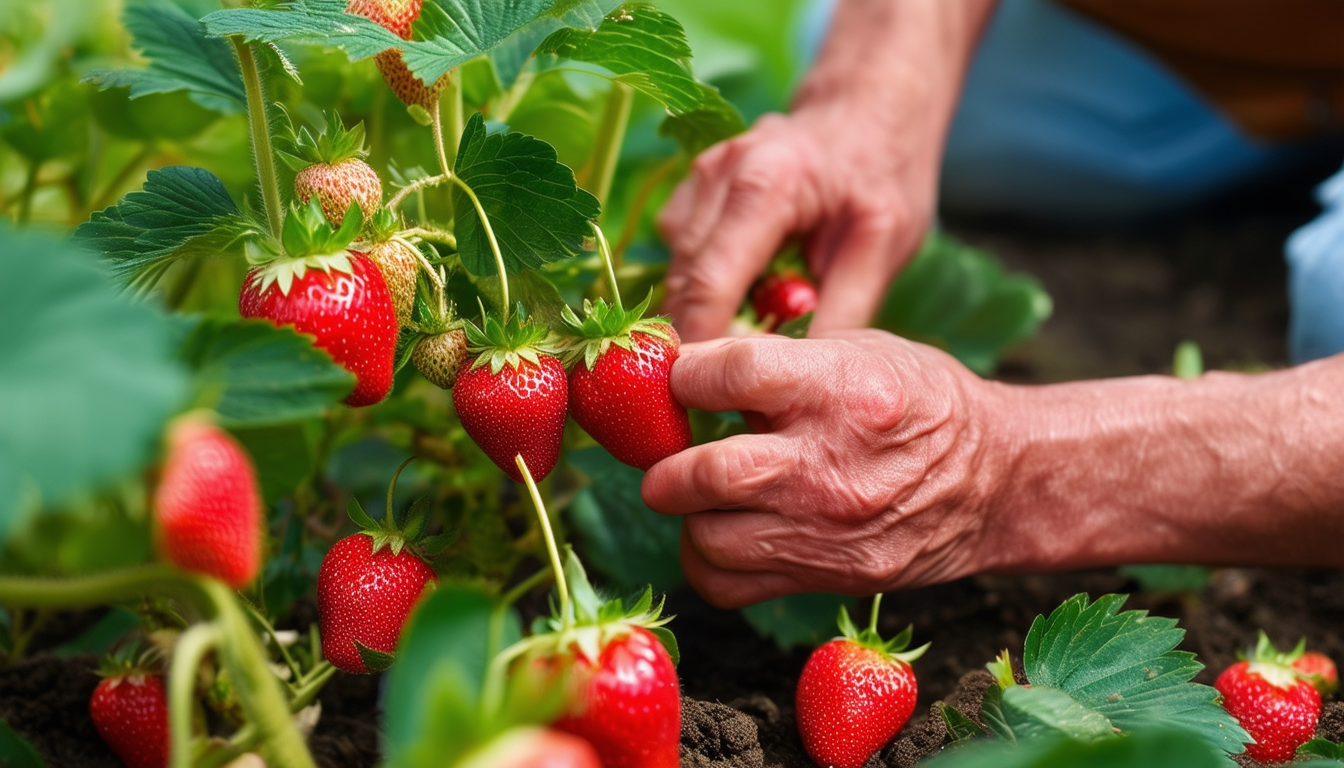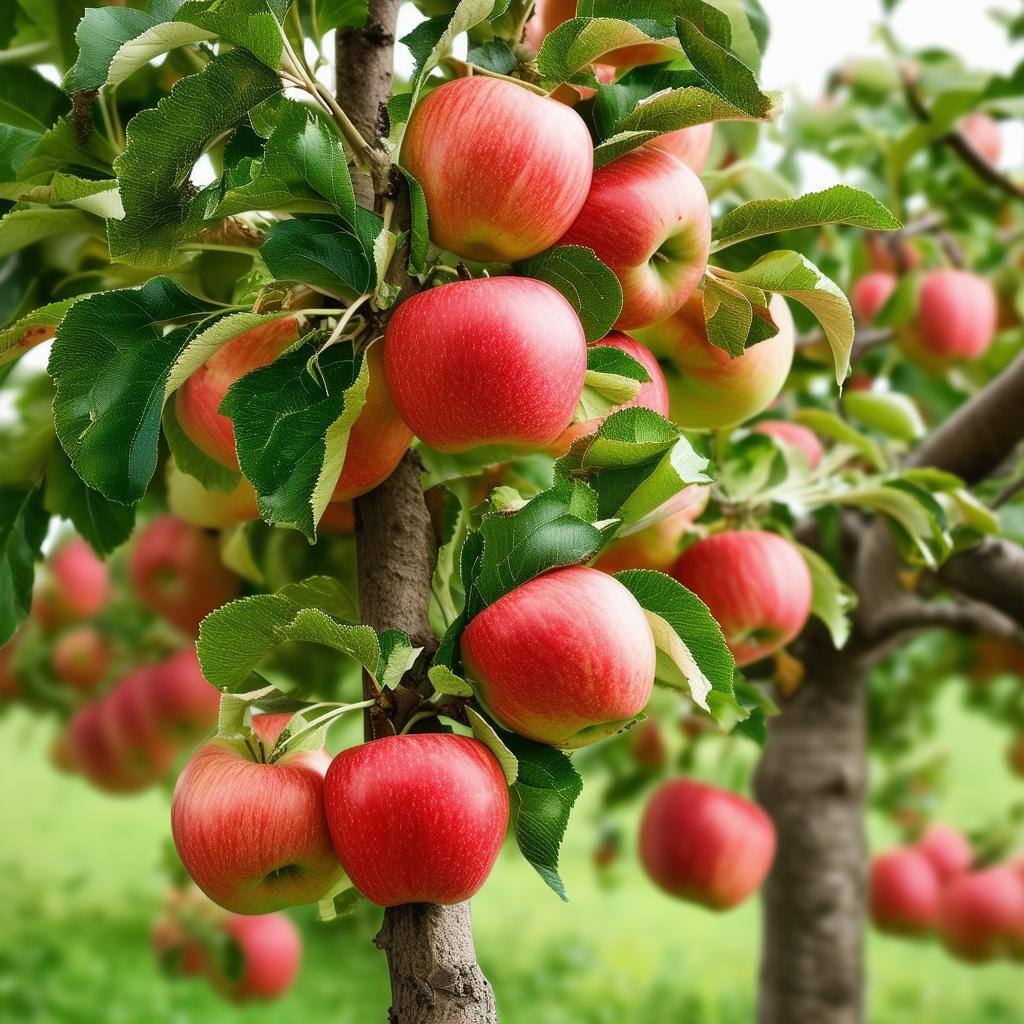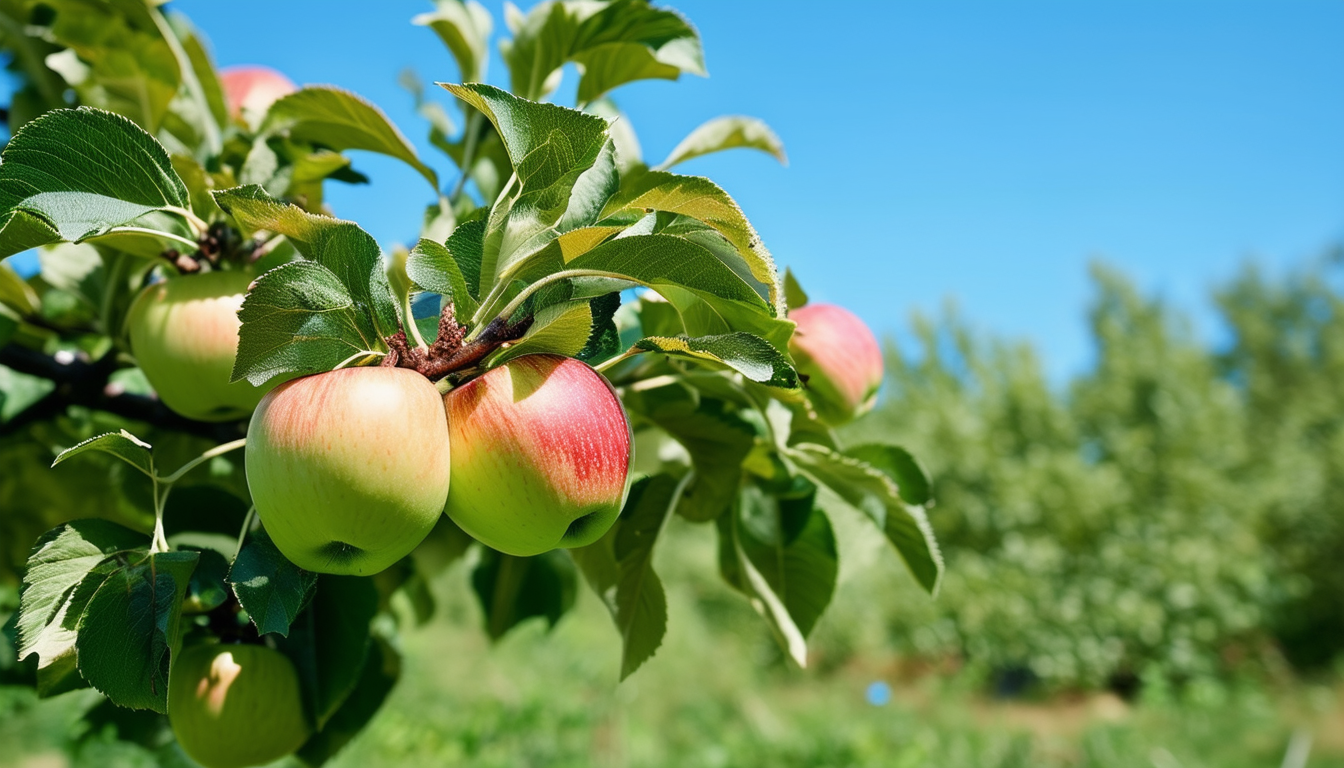
Discover the secret to a thriving orchard by planting bare root fruit trees: a cost-effective, eco-friendly, and efficient way to grow your own fruit.
What Are Bare Root Fruit Trees?
Bare root fruit trees are young trees that are sold without soil around their roots. They are typically harvested during their dormant season, which is in the late fall to early spring, and are kept in cold storage until they are ready to be planted.
These trees are shipped and sold with their roots exposed, making them lighter and easier to handle than their potted counterparts. Because they are dormant when shipped, they are less likely to suffer from transplant shock and can establish themselves more quickly in a new environment.
The Benefits of Choosing Bare Root Fruit Trees
One of the main benefits of bare root fruit trees is their cost-effectiveness. Because they are lighter and take up less space, they are cheaper to ship and usually cost less than potted trees.
Bare root trees also tend to have a higher survival rate and grow more vigorously. Since they are planted during their dormant period, they have time to acclimate to their new environment before the growing season begins.
Additionally, bare root trees are often considered more eco-friendly. Without the need for plastic pots and heavy soil, they have a smaller environmental footprint.
How to Plant Bare Root Fruit Trees for Optimal Growth
To plant bare root fruit trees, start by soaking the roots in water for several hours before planting to ensure they are well-hydrated. Choose a sunny location with well-drained soil for planting.
Dig a hole that is wide enough to accommodate the roots without bending or crowding them. Place the tree in the hole, spreading out the roots. Fill the hole with soil, making sure that the graft union (the point where the rootstock meets the scion) is above the soil line.
Water the tree thoroughly after planting and apply a layer of mulch around the base to retain moisture and suppress weeds. Be sure not to place mulch directly against the trunk to avoid rot.
Caring for Your Bare Root Fruit Trees
Proper care is crucial for the success of your bare root fruit trees. Water them regularly during their first growing season to help establish a strong root system. Once established, most fruit trees need about an inch of water per week.
Prune your trees annually to promote healthy growth and fruit production. Remove any dead or diseased branches and thin out crowded areas to improve air circulation.
Fertilize your trees in the early spring with a balanced fertilizer to provide necessary nutrients. Be careful not to over-fertilize, as this can lead to excessive vegetative growth at the expense of fruit production.
Top Varieties of Bare Root Fruit Trees to Consider
There are many varieties of bare root fruit trees to choose from, each with its own unique qualities. Some popular options include:
1. Apple Trees: Varieties like 'Honeycrisp' and 'Granny Smith' are known for their delicious fruit and are relatively easy to grow.
2. Peach Trees: 'Elberta' and 'Redhaven' are favored for their juicy, flavorful peaches.
3. Cherry Trees: 'Bing' and 'Rainier' cherries are popular choices for their sweet, delectable fruit.
4. Pear Trees: 'Bartlett' and 'Anjou' are well-loved for their sweet, succulent pears.
5. Plum Trees: 'Santa Rosa' and 'Stanley' produce excellent plums for fresh eating and preserving.



